Home>Technology>Home Entertainment Systems>How Did Movies Change To Compete With Television?
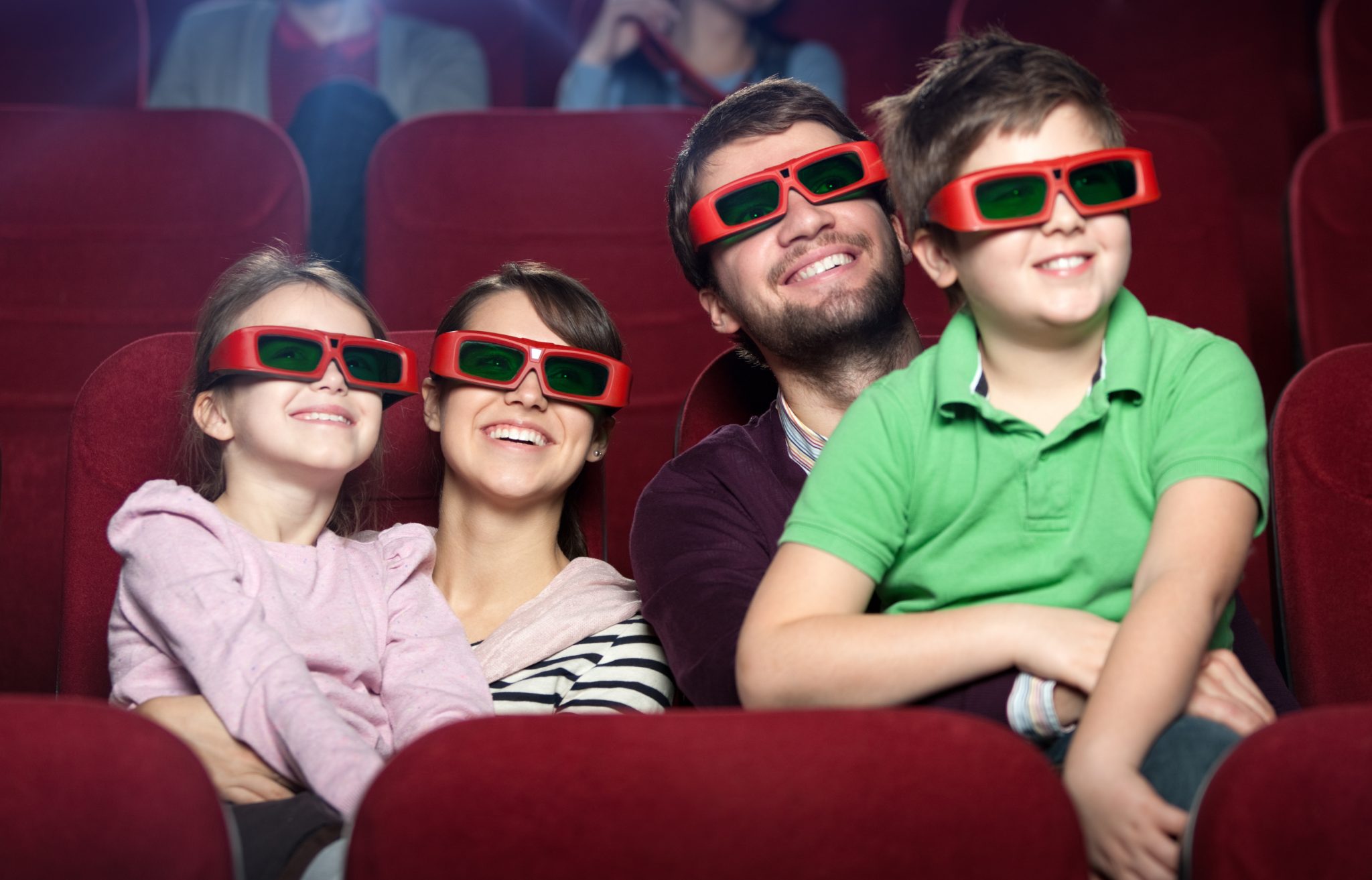

Home Entertainment Systems
How Did Movies Change To Compete With Television?
Modified: January 9, 2024
Discover how home entertainment systems evolved to compete with television, and the impact of this change on the movie industry. Explore the transformation and adaptation of movies in the era of television.
(Many of the links in this article redirect to a specific reviewed product. Your purchase of these products through affiliate links helps to generate commission for Storables.com, at no extra cost. Learn more)
**
Introduction
**
The evolution of entertainment has been a fascinating journey, marked by the perpetual tug-of-war between the silver screen and the television set. As we delve into the annals of cinematic history, we uncover a tale of innovation, adaptation, and fierce competition. The emergence of television as a formidable rival to the film industry sparked a series of transformations that rippled through the realms of technology, content creation, and marketing strategies. This article aims to illuminate the dynamic shifts that have shaped the landscape of home entertainment, exploring how movies have adapted and evolved to vie for the attention of audiences in the era of television dominance.
Let's embark on a captivating exploration of how movies have metamorphosed to meet the challenges posed by the ever-growing influence of television. From the rise of television as a disruptive force to the technological advancements in film, and from the evolution of content to the innovative marketing and distribution strategies, we will unravel the enthralling saga of the silver screen's transformation in the face of television's ascent. Join me as we uncover the compelling narrative of how movies have pivoted, reinvented, and revolutionized themselves to captivate audiences in an ever-changing entertainment landscape.
**
Key Takeaways:
- Movies evolved with widescreen and surround sound to create immersive experiences that TV couldn’t match, captivating audiences with grand narratives and visual marvels.
- To compete with TV, movies diversified themes, embraced auteur-driven storytelling, and crafted compelling marketing campaigns, reshaping the cinematic landscape for global audiences.
Read more: How Did The Television Change Over Time?
Rise of Television
**
The rise of television marked a pivotal juncture in the history of home entertainment. In the post-World War II era, television sets began to infiltrate households at an unprecedented pace, fundamentally altering the dynamics of leisure and recreation. As families gathered around the glowing cathode-ray tubes, the allure of televised content posed a formidable challenge to the supremacy of movie theaters. The convenience of experiencing entertainment within the confines of one’s home, coupled with the diverse array of programming, posed a direct threat to the traditional moviegoing experience.
Television’s ascent as a ubiquitous presence in households transformed the consumption patterns of audiences. The concept of appointment viewing, wherein families would eagerly anticipate their favorite shows at scheduled times, revolutionized the dynamics of leisure activities. The communal experience of watching television programs further solidified the medium’s influence, creating a shared cultural lexicon that resonated across diverse demographics.
Furthermore, the advent of network television ushered in an era of serialized storytelling, captivating audiences with episodic narratives that unfolded over multiple installments. This format not only engendered a sense of attachment and investment in the characters and storylines but also presented a compelling alternative to the standalone nature of cinematic offerings.
Television’s proliferation also catalyzed the emergence of iconic personalities, from news anchors to beloved actors, who became fixtures in the lives of viewers. The intimacy and immediacy of the small screen forged deep connections between audiences and the individuals who graced their living rooms, further solidifying television’s status as a cultural linchpin.
As television continued to entrench itself as a cornerstone of domestic life, the film industry faced the formidable challenge of redefining its value proposition in the face of this burgeoning rival. The ensuing metamorphosis of movies to contend with the allure of television would unfold through a series of technological innovations, thematic evolution, and strategic recalibrations that aimed to reinvigorate the cinematic experience.
**
Technological Advancements in Film
**
The encroachment of television spurred a wave of technological innovation within the film industry, propelling cinematic experiences to unprecedented heights. In response to the immersive allure of television, filmmakers and studios embarked on a quest to enhance the visual and auditory spectacle of movies, leveraging cutting-edge technologies to captivate audiences in novel ways.
One of the most transformative advancements was the widescreen revolution, which sought to differentiate the cinematic experience from the more confined dimensions of television screens. Formats such as CinemaScope and VistaVision expanded the canvas of storytelling, enveloping audiences in sweeping vistas and grand spectacles that transcended the spatial constraints of traditional television sets. The widescreen format not only elevated the visual grandeur of movies but also redefined the narrative possibilities, enabling filmmakers to imbue their stories with a newfound sense of scale and depth.
Parallel to the visual innovations, the realm of sound underwent a seismic transformation with the advent of stereophonic and surround sound systems. The enveloping auditory landscapes crafted by these technologies transported viewers into the heart of the cinematic narrative, fostering an immersive sensory experience that stood in stark contrast to the monaural sound emanating from television speakers. The sonic tapestries woven by these advancements not only heightened the emotional impact of storytelling but also underscored the unparalleled audiovisual prowess of the cinematic medium.
Furthermore, the evolution of special effects and visual technologies revolutionized the spectacle of movies, enabling filmmakers to conjure fantastical realms and awe-inspiring imagery that transcended the confines of the small screen. From the pioneering techniques of practical effects to the advent of computer-generated imagery (CGI), movies harnessed technological prowess to transport audiences to realms of imagination and wonderment, offering a sensory extravaganza that television struggled to replicate.
As the film industry embraced these technological marvels, it embarked on a relentless pursuit of innovation, leveraging these advancements to craft cinematic experiences that transcended the capabilities of television. The convergence of visual, auditory, and narrative innovations heralded a new era of cinematic splendor, reinvigorating the allure of movies and fortifying their position as the vanguards of sensory immersion and storytelling prowess.
**
To compete with television, movies changed by introducing new technologies like 3D, IMAX, and special effects to enhance the viewing experience and attract audiences to the theaters.
Changes in Film Content
**
The advent of television precipitated a profound evolution in the thematic and narrative fabric of movies, compelling filmmakers to recalibrate their storytelling approaches to resonate with audiences in an era dominated by televised content. As television permeated the cultural zeitgeist, movies underwent a metamorphosis in their thematic explorations, embracing narratives and characters that distinguished the cinematic experience from its small-screen counterpart.
One notable transformation was the proliferation of high-concept and event-driven storytelling within the cinematic landscape. Movies began to embrace grand narratives, epic sagas, and larger-than-life spectacles that transcended the episodic nature of televised content. From sweeping historical dramas to intergalactic odysseys, filmmakers endeavored to craft narratives that harnessed the immersive potential of the silver screen, offering audiences an escapism that transcended the confines of the living room.
Moreover, the evolution of film content was marked by a diversification of genres and thematic explorations, catering to a spectrum of tastes and sensibilities. As television programming catered to varied demographics and preferences, movies responded by embracing a multiplicity of genres, from pulse-pounding action blockbusters to poignant character-driven dramas, ensuring that the cinematic repertoire remained a tapestry of diverse storytelling modes.
Furthermore, the emergence of auteur-driven cinema brought forth a wave of visionary storytellers who imbued their creations with distinctive artistic sensibilities, elevating movies to the realm of high art. These auteurs crafted narratives that defied conventional tropes and narrative structures, offering audiences thought-provoking, emotionally resonant experiences that stood as a testament to the unparalleled creative potential of the cinematic medium.
Additionally, the thematic depth and complexity of movies underwent a renaissance, delving into profound explorations of human experiences, societal dynamics, and existential quandaries. Filmmakers sought to provoke introspection and contemplation, presenting narratives that grappled with the intricacies of the human condition, the enigma of existence, and the tapestry of emotions that define the human experience.
As movies ventured into uncharted thematic territories, they endeavored to carve a distinct identity that set them apart from the episodic, formulaic nature of televised content. The thematic richness, narrative ambition, and visual splendor of movies emerged as compelling propositions that distinguished the cinematic experience as a transcendent form of storytelling, setting the stage for a captivating interplay between movies and television.
**
Marketing and Distribution Strategies
**
The ascendance of television as a pervasive medium of entertainment necessitated a recalibration of marketing and distribution strategies within the film industry. As movies sought to reclaim their position as the vanguards of visual storytelling, a paradigm shift unfolded in the realms of promotion, accessibility, and audience engagement, ushering in a new era of cinematic marketing and distribution dynamics.
One of the pivotal transformations in the marketing landscape was the advent of blockbuster branding and event-driven promotion. Movies began to position themselves as cultural phenomena, leveraging extensive marketing campaigns to cultivate anticipation and fervor akin to the communal excitement surrounding television events. From teaser trailers that tantalized audiences to expansive multimedia campaigns that permeated every facet of popular culture, movies endeavored to orchestrate a symphony of anticipation that rivaled the allure of television programming.
Furthermore, the diversification of distribution channels and formats reshaped the accessibility of cinematic content, offering audiences a spectrum of avenues through which to experience movies. The emergence of home video, cable television premieres, and later, digital streaming platforms, expanded the reach of movies beyond the confines of traditional theatrical exhibition, enabling audiences to engage with cinematic narratives at their convenience.
Moreover, the globalization of film distribution facilitated the transcultural resonance of movies, fostering a dynamic interplay between diverse audiences and cinematic narratives. As movies traversed geographical boundaries and linguistic barriers, they catalyzed a cross-cultural dialogue, enriching the global tapestry of storytelling and fostering an interconnected ecosystem of cinematic appreciation.
The evolution of marketing and distribution strategies also witnessed the advent of immersive promotional experiences that transcended traditional advertising paradigms. From interactive online campaigns that engaged audiences in participatory storytelling to experiential events that transported viewers into the heart of cinematic worlds, movies endeavored to forge deep, emotive connections with audiences, fostering a sense of anticipation and engagement that mirrored the communal fervor surrounding televised content.
As movies navigated the ever-changing terrain of marketing and distribution, they endeavored to craft multifaceted promotional narratives that resonated across diverse demographics, transcending the confines of traditional advertising to engender a sense of cultural resonance and communal excitement. The evolution of marketing and distribution strategies heralded a new era of cinematic engagement, fortifying the position of movies as immersive, culturally resonant experiences that stood as compelling counterparts to the allure of television.
**
Conclusion
**
The interplay between movies and television has engendered a captivating narrative of adaptation, innovation, and transformation within the realms of home entertainment. From the rise of television as a disruptive force to the technological advancements that elevated the cinematic experience, and from the thematic evolution that distinguished movies to the innovative marketing and distribution strategies that redefined audience engagement, the dynamic interplay between these mediums has woven a rich tapestry of evolution and reinvention.
As television permeated the cultural fabric, movies embarked on a relentless quest to redefine their value proposition, leveraging technological prowess, thematic depth, and immersive marketing strategies to captivate audiences in novel ways. The widescreen revolution, the sonic symphonies of surround sound, and the visual marvels of special effects propelled movies into realms of sensory immersion that stood as compelling differentiators from televised content.
Moreover, the thematic richness, narrative ambition, and auteur-driven storytelling endeavored to carve a distinct identity for movies, presenting narratives that delved into the profound intricacies of the human experience and the enigma of existence. These thematic explorations not only distinguished movies as immersive, thought-provoking experiences but also fostered an enduring legacy of artistic innovation and creative resonance.
The evolution of marketing and distribution strategies further fortified the position of movies as cultural phenomena, cultivating anticipation and engagement that rivaled the communal fervor surrounding television events. The diversification of distribution channels, the globalization of cinematic narratives, and the advent of immersive promotional experiences reshaped the accessibility and resonance of movies, fostering a dynamic interplay between diverse audiences and cinematic narratives.
As we reflect on the enthralling saga of how movies adapted and evolved to contend with the burgeoning influence of television, we bear witness to a testament of resilience, creativity, and adaptability within the realms of home entertainment. The dynamic interplay between movies and television has not only engendered a captivating evolution of storytelling and technological innovation but also fostered a cultural dialogue that transcends the boundaries of screens, enriching the collective tapestry of human experiences.
Thus, as we navigate the ever-changing landscape of entertainment, the enduring legacy of movies and television stands as a testament to the indomitable spirit of storytelling, the immersive power of visual narratives, and the timeless allure of cinematic and televised experiences that continue to captivate and inspire audiences across the globe.
Frequently Asked Questions about How Did Movies Change To Compete With Television?
Was this page helpful?
At Storables.com, we guarantee accurate and reliable information. Our content, validated by Expert Board Contributors, is crafted following stringent Editorial Policies. We're committed to providing you with well-researched, expert-backed insights for all your informational needs.




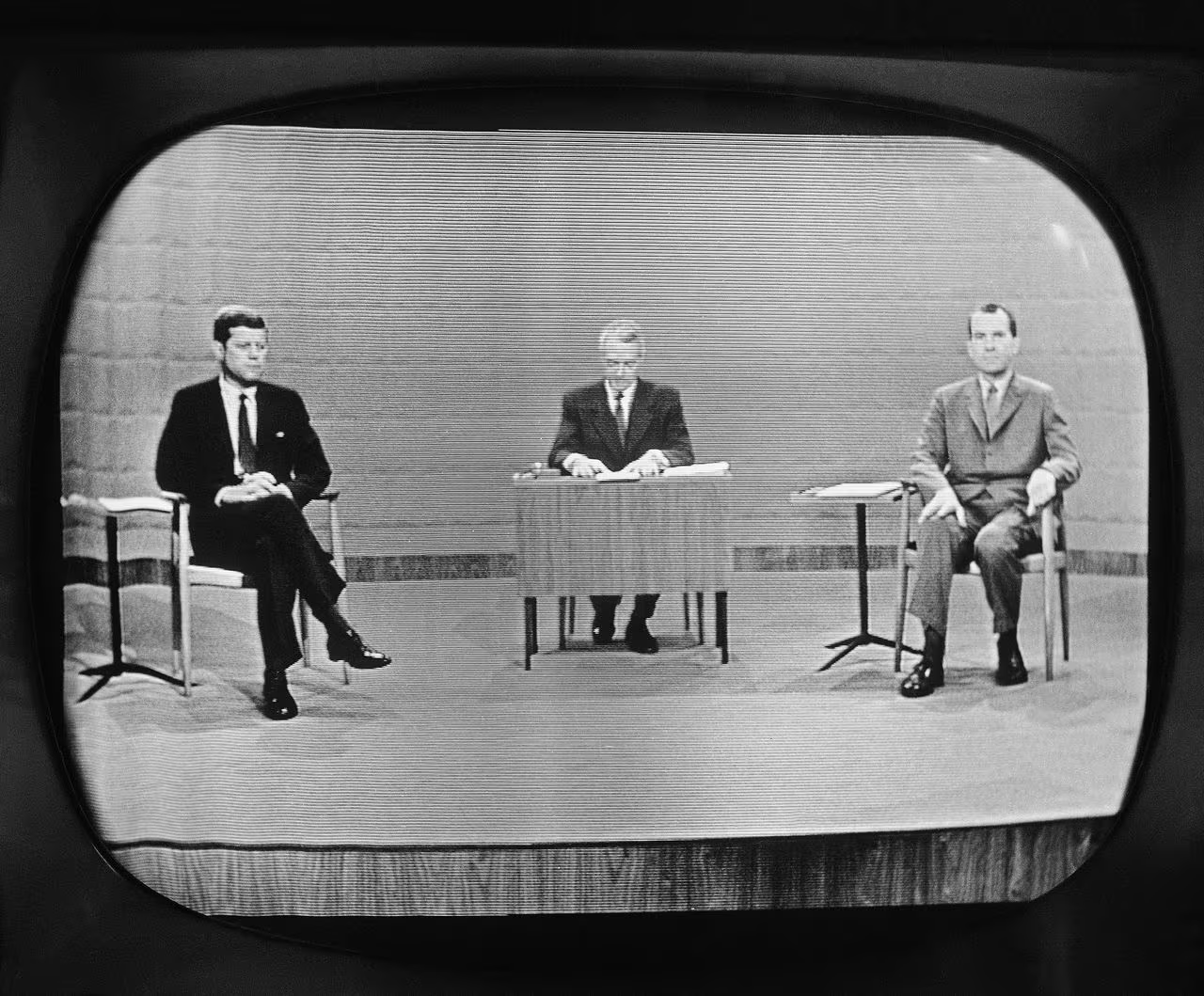

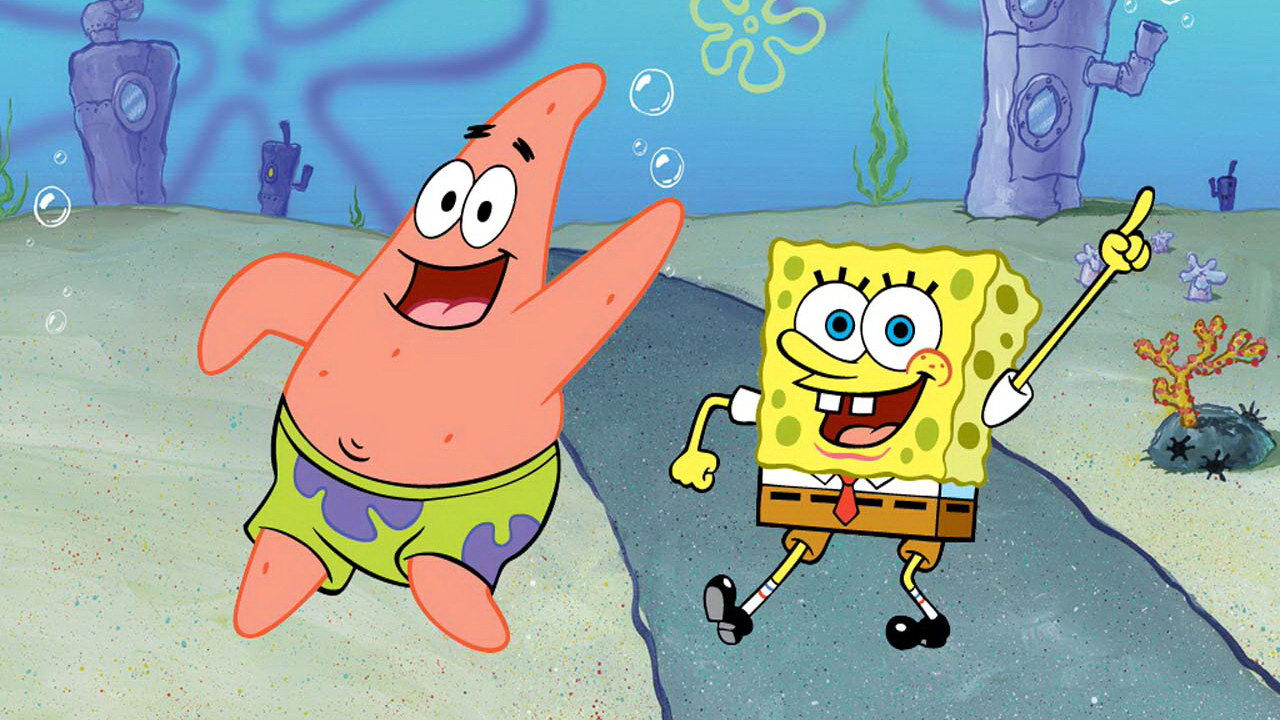
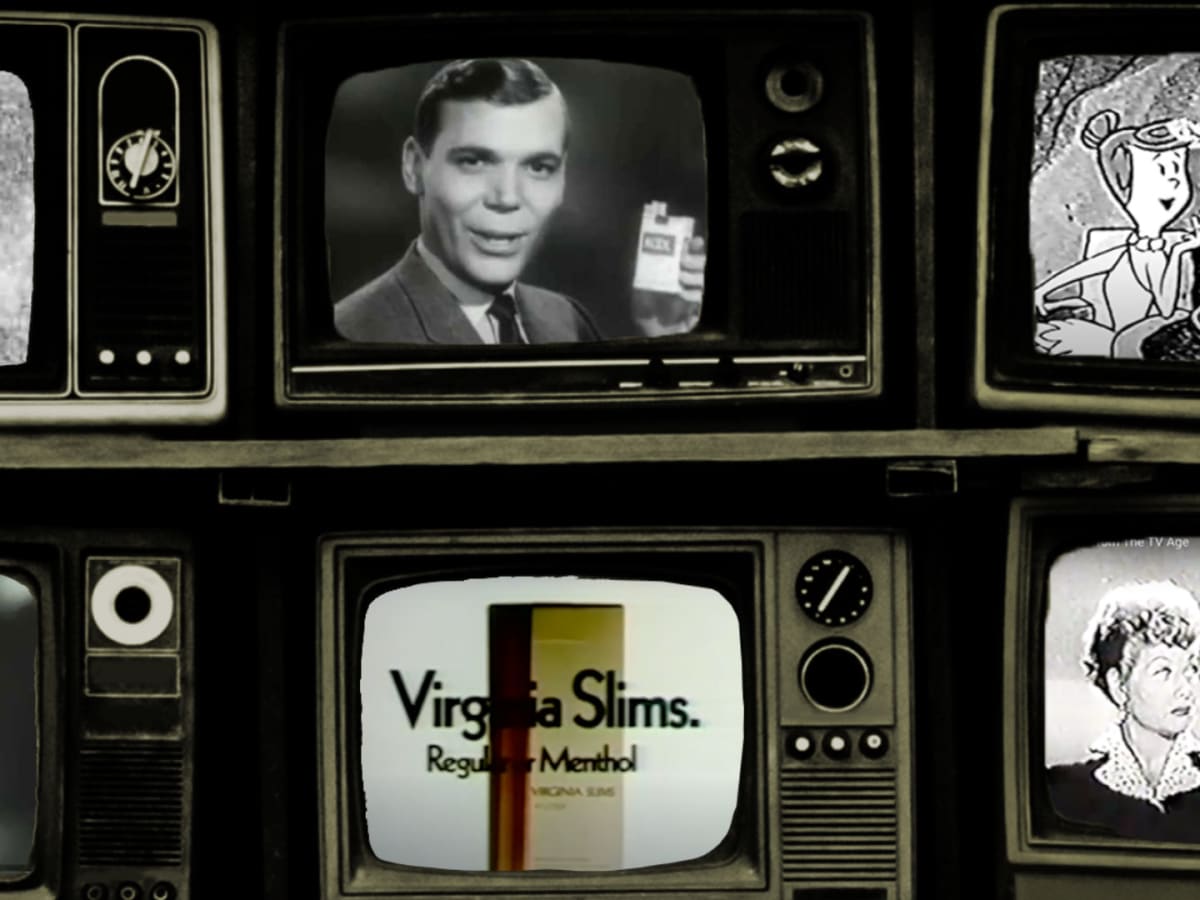
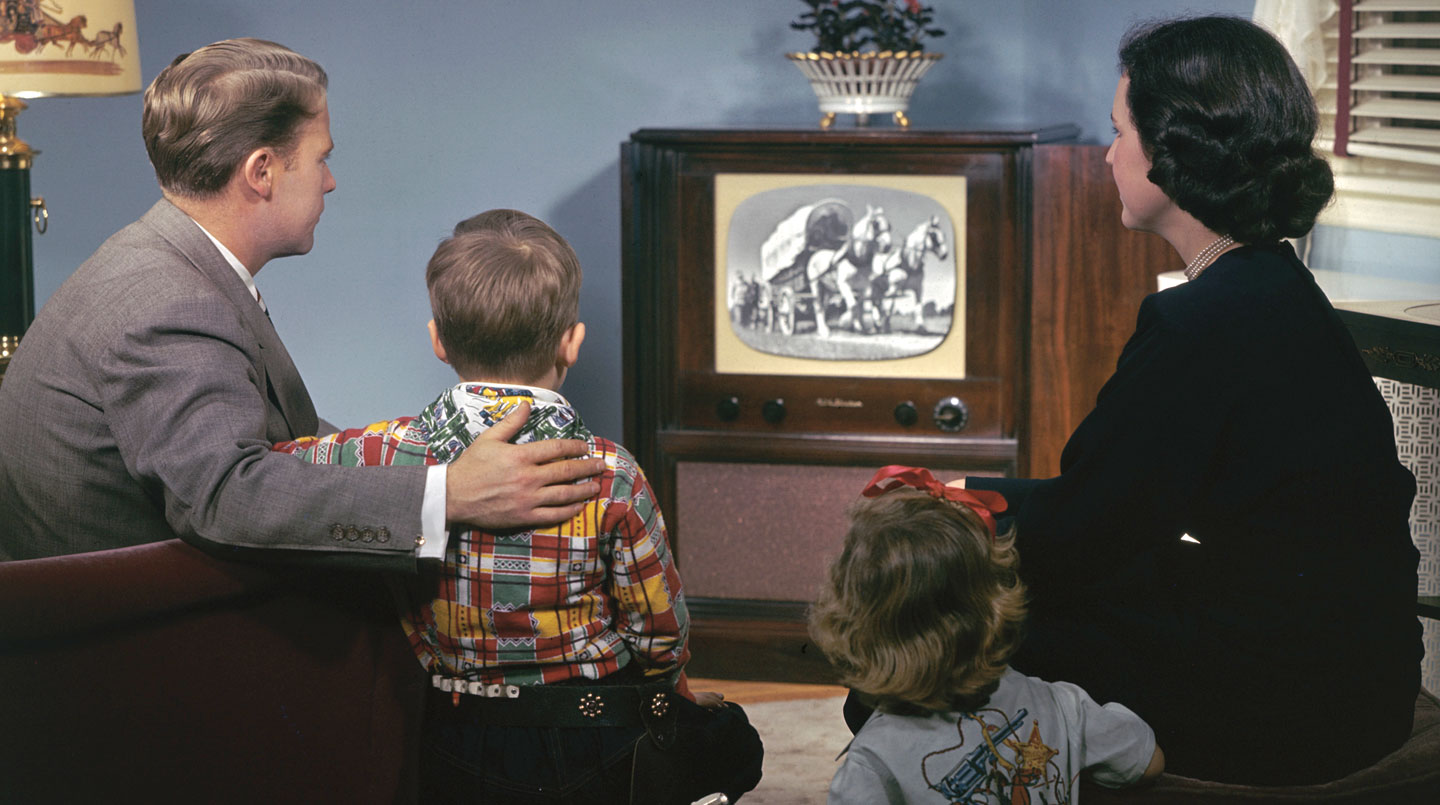
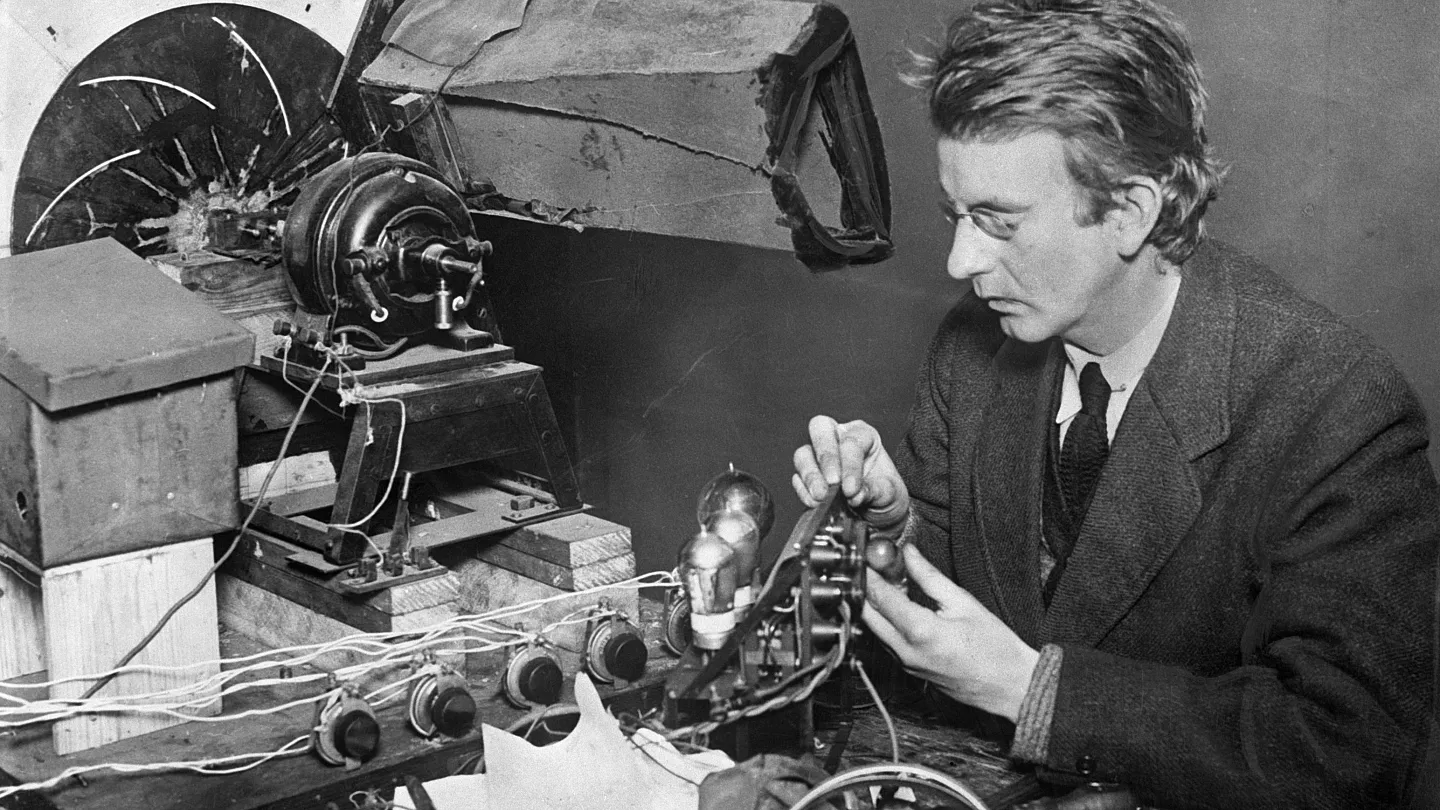
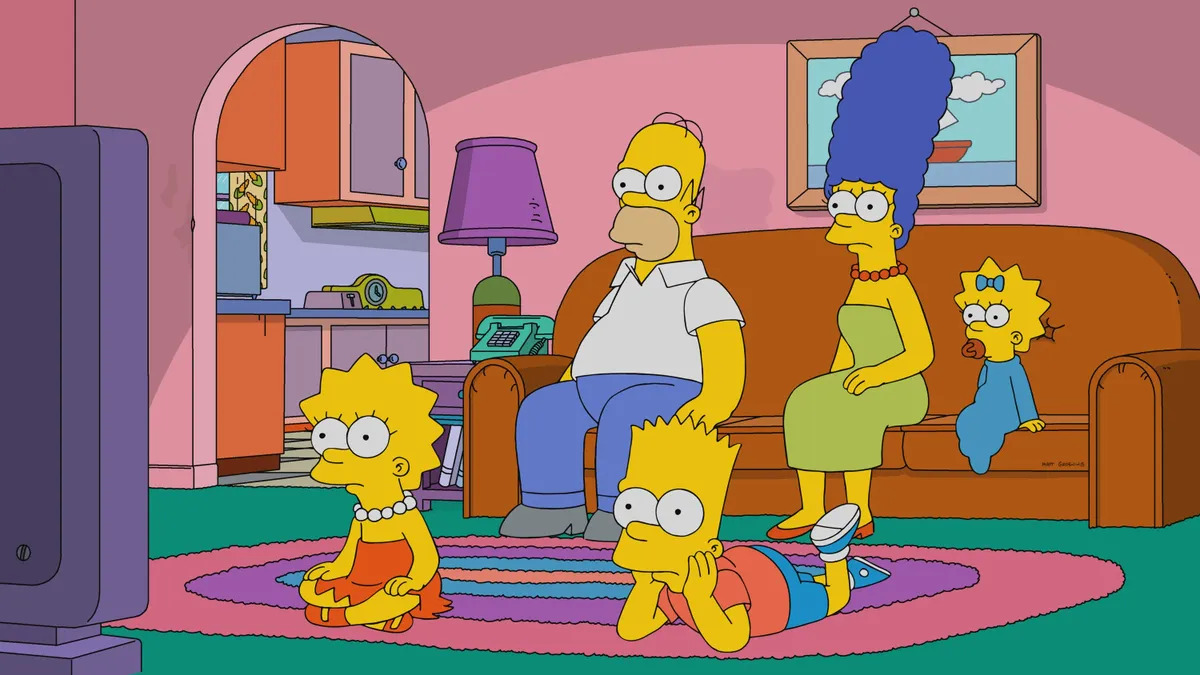


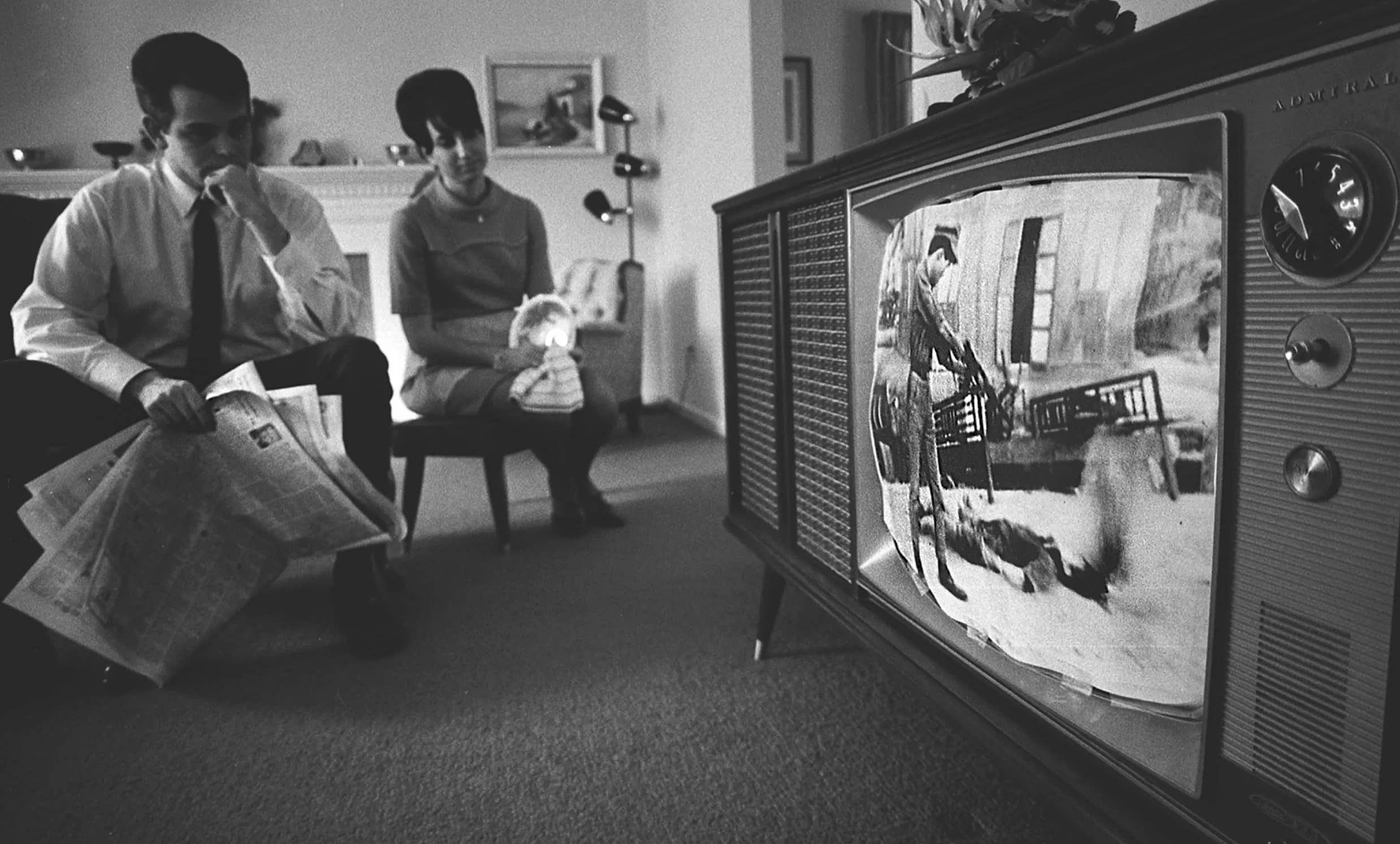

0 thoughts on “How Did Movies Change To Compete With Television?”